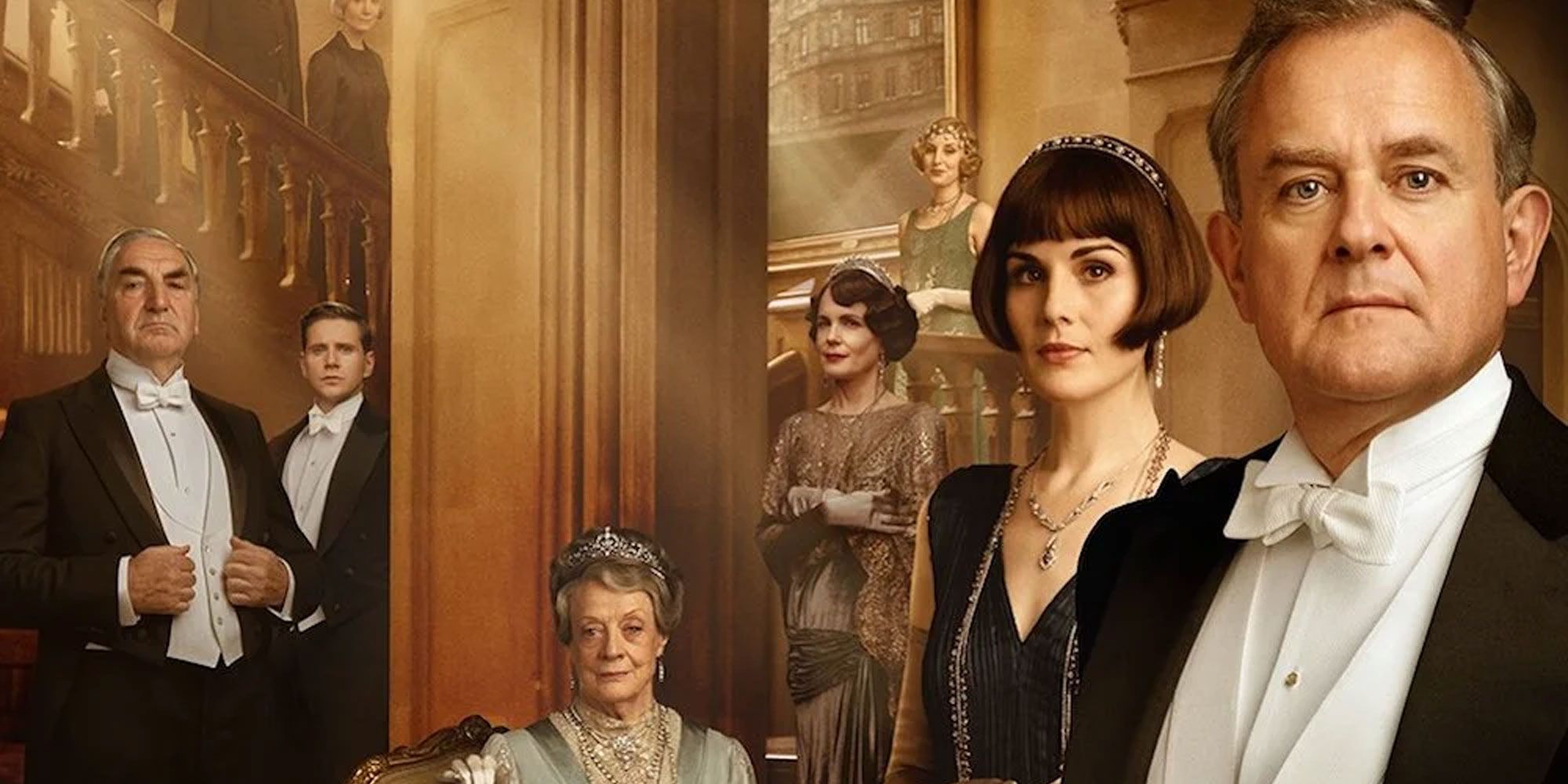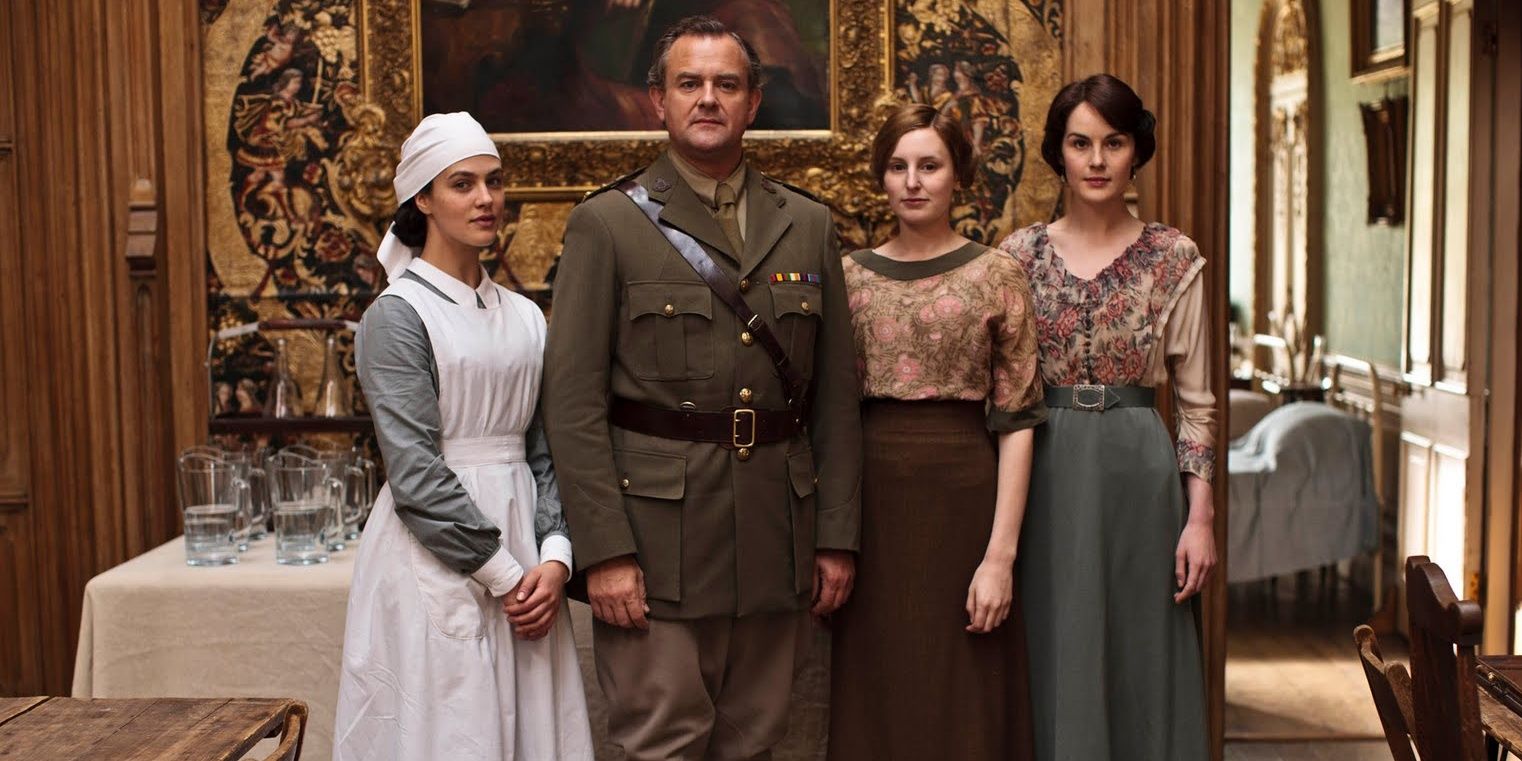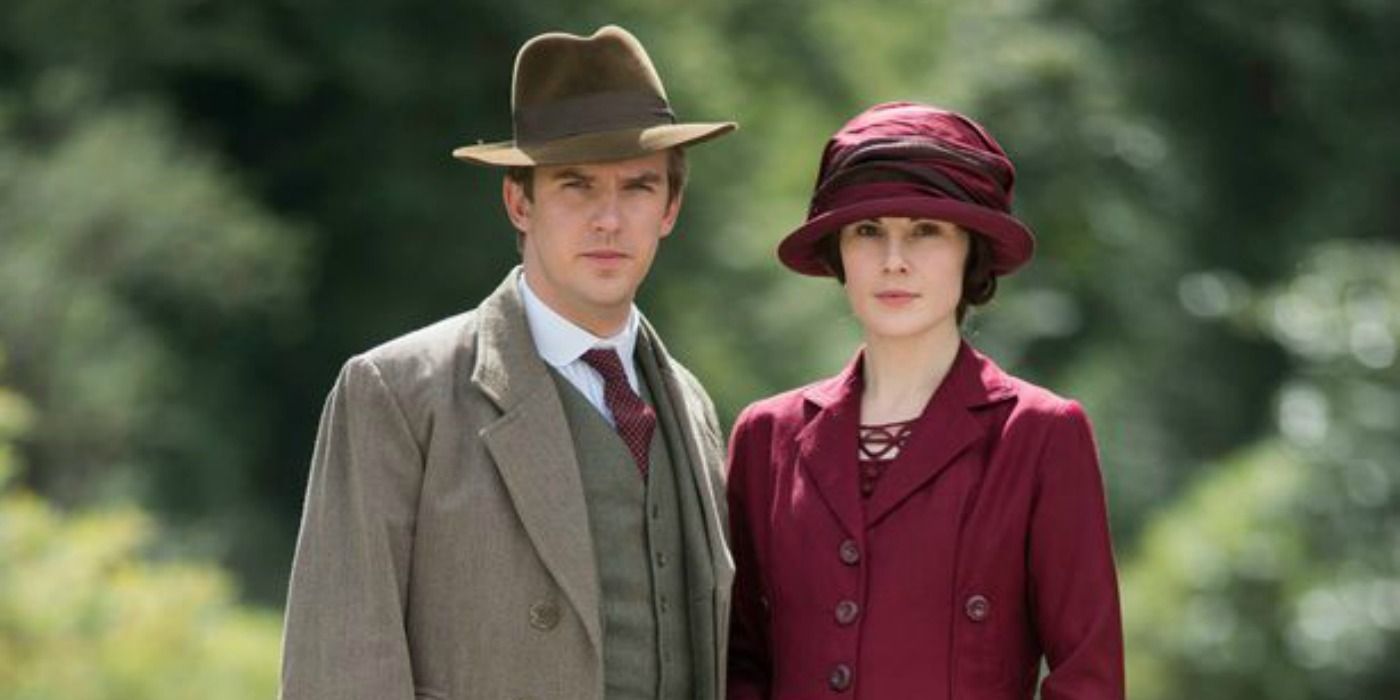Downton Abbey’s Crawley family follows the traditions of early 1900s aristocracy, with rules and entails determining who was the heir of the estate.

The premise of Downton Abbey shines a light on the British aristocracy from the early 1900s, with inventive narratives that bring drama, as well as informative points, such as whom the legal heir to Downton is. First airing on television in 2010, the show hones in on the Crawley family, whose upper-class lives are greatly supported by their servants, even turning to them for advice. The family extends beyond the main characters, with more distant relatives often making an appearance and adding to storylines. Joy, devastation, and early 20th-century Britain all contribute to the Crawleys’ personal and family life.
Downton Abbey received critical acclaim and numerous awards, including Best Miniseries at the Golden Globes. The creators didn’t stop with a show, as they went on to produce two movies, most recently Downton Abbey: A New Era. Although the Crawleys aren’t a real family, creator Julian Fellowes ensured the show’s overall concept was replete with facts and rang true to its set period. With that in mind, the heirship of the Downton estate is something of a focal point of the program, relying on a factual throughline to dictate which character is to inherit Downton, and which ones are not.
Downton Needed A Male Heir
From the outset of Downton Abbey, the inheritance of the Downton estate is brought to the forefront of the show, because it requires a male heir. After the sinking of the Titanic, Robert discovers that his cousin and heir, Patrick Crawley, was aboard the ship, and the tragedy claimed his life. The entail created by Robert’s father didn’t allow for Mary, Edith, or Sybil to receive any part of the estate; therefore, another male had to be found to fit the process. In the timeline of Downton Abbey, cousin Matthew is the next heir, to the dismay of the Crawley daughters and Cora.
When she married Robert, Cora’s wealth had been given away as dowry and fed into the estate, meaning she also didn’t have rights to any money. Matthew marrying Mary allowed the estate to stay within the family, though it wasn’t directly Mary’s. Having a son, George, provided an immediate heir, further down the line. This section of Downton Abbey is integral to the overall show, as it demonstrates the unfairness of the entail, indicating the social injustice for women. Mary’s gender meant she wasn’t entitled to what her family owned, no matter the close relationship she had with her parents.
Matthew’s Will Had An Impact On Downton’s Ownership
As well as being a significant part of Mary’s relationship timeline, when Matthew passed away, his will made a difference to the inheritance of Downton. Earlier in Downton Abbey, Robert invests money in a Canadian railway company. However, the investment was unstable and lost Robert’s fortune, which would’ve resulted in the Crawleys not being able to carry on running their home. Thankfully for them, Matthew had inherited a vast amount from his late fiancée’s family, allowing him to help with the Crawleys’ financial issues. In return, he co-owned Downton, alongside Robert, with an even split of 50 percent each.
The day before the birth of his child, Matthew made a will, not knowing whether Mary was having a boy or a girl. He declared Mary as the sole heiress, and she took over Matthew’s half of Downton. However, she didn’t inherit any title. Her son, George, would later take on the title of Earl and be the heir of the estate. As part of Lord Grantham’s story, the investment was an unfortunate mistake, but for audiences, it was an engrossing narrative of Downton Abbey, linking the heirship storyline from the beginning until the near end of the series.






